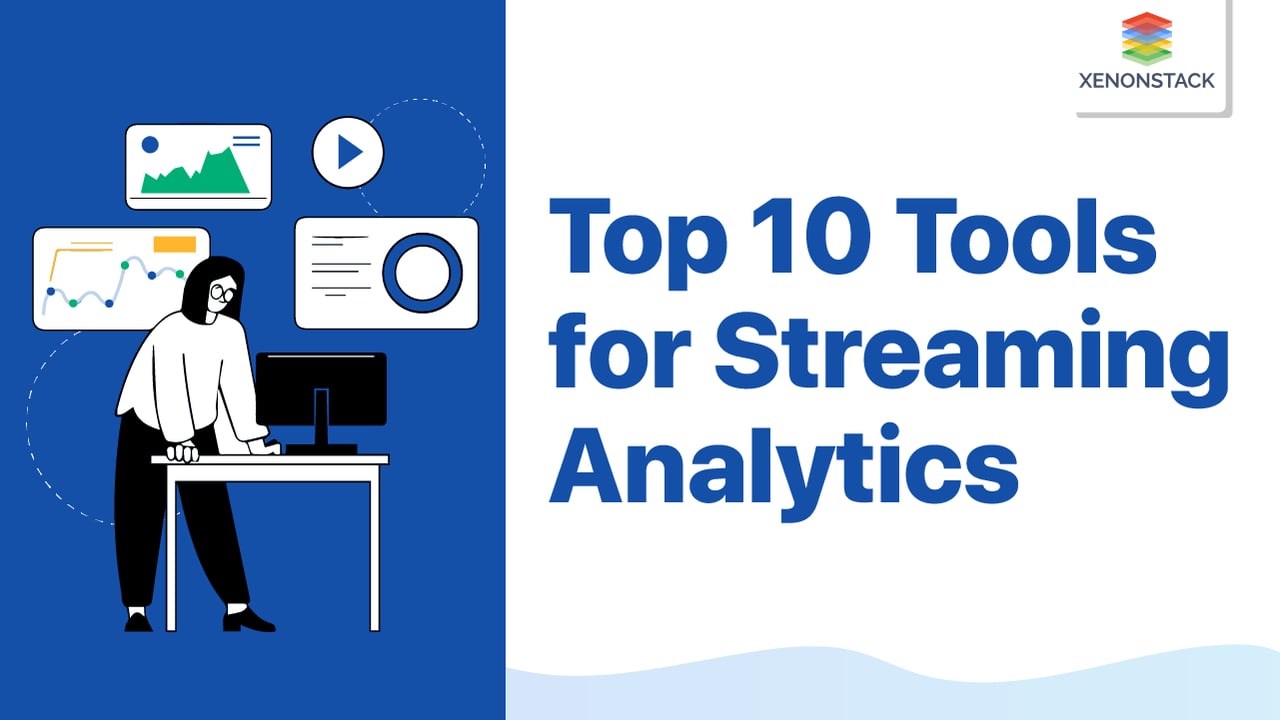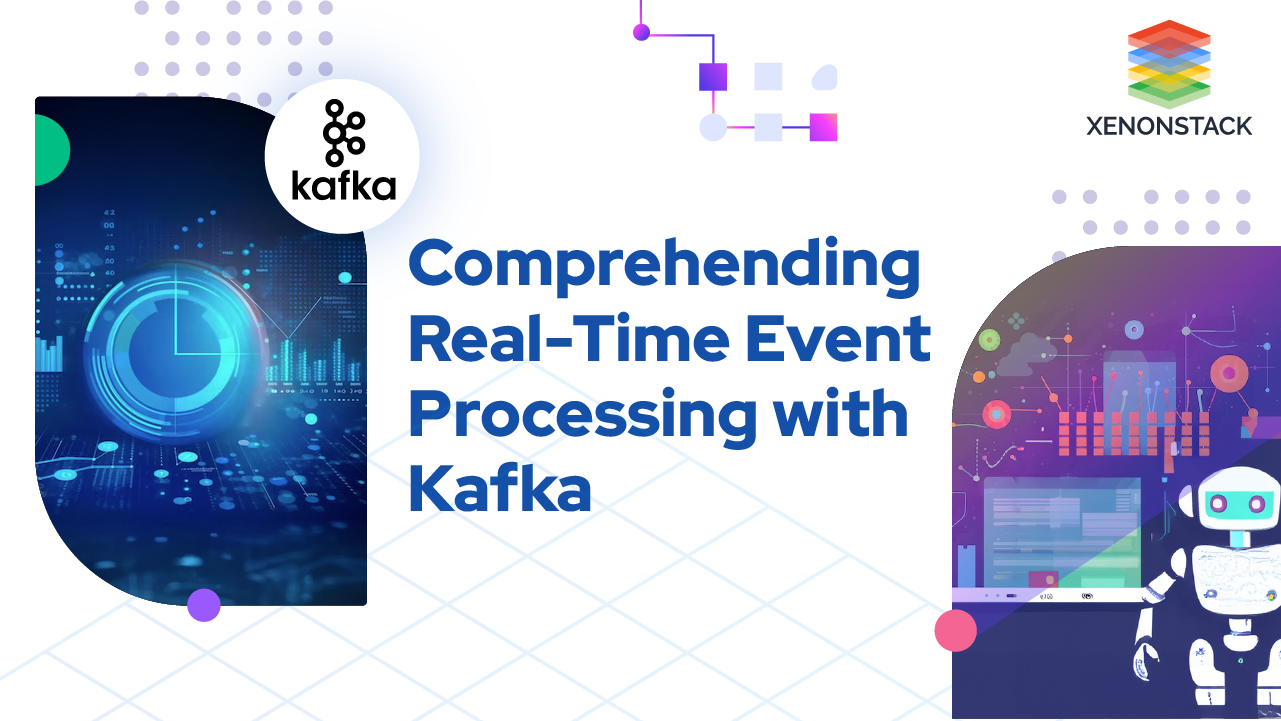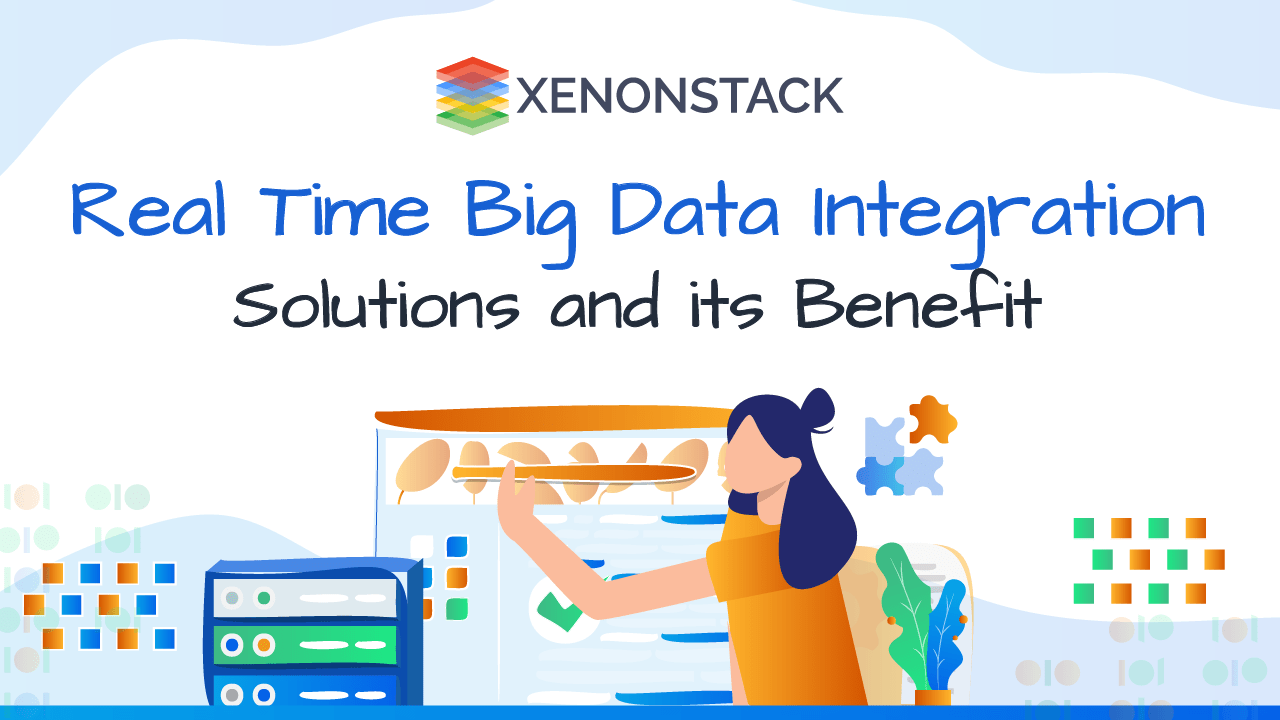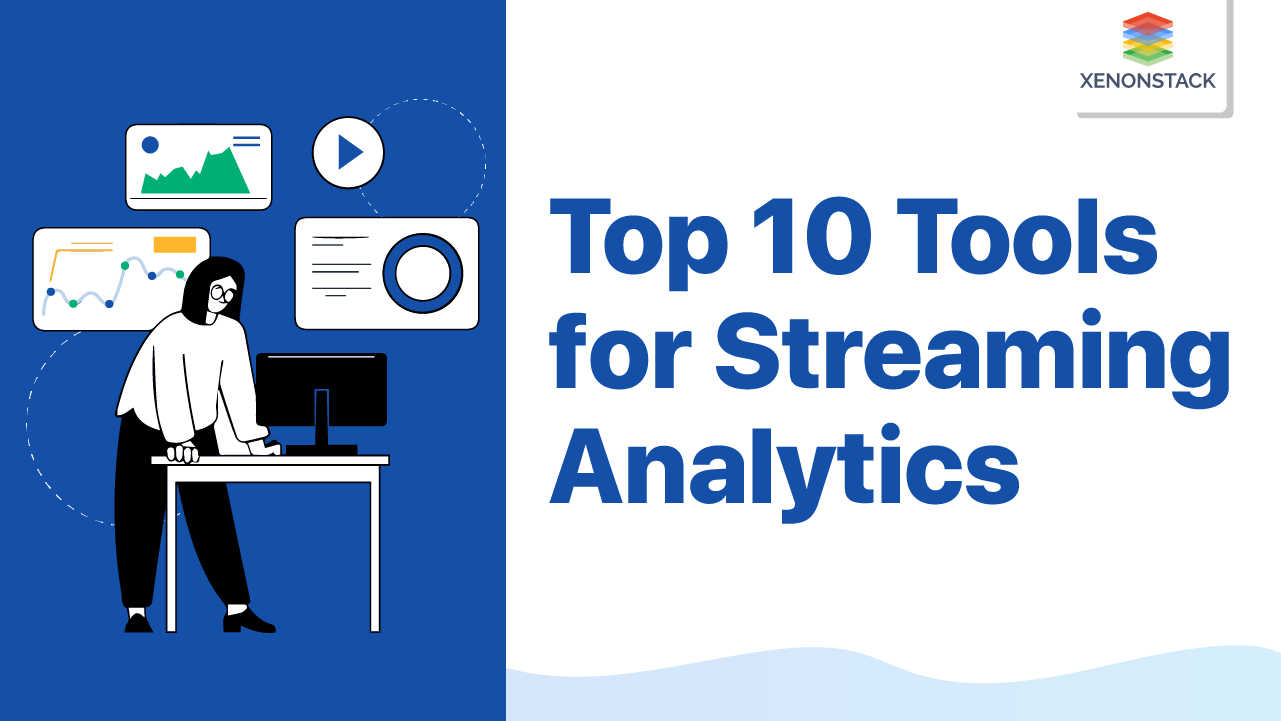
What is Streaming Analytics?
Typically when we talk about Big Data, we see benefits in its 5V’s: velocity, veracity, volume, variety, and value. Streaming Analytics epitomises the velocity part of it. It all starts with event processing, where an event is defined as an immutable fact that has occurred and is occurring continuously in the system with no defined start or end. These events can be uneven, with different shapes and sizes. Therefore, analyzing such data can be very inconvenient.
Event streaming provides calculation speed, scalability, pipeline repeatability, and convenient functionalities like using events on multiple use cases as per requirement. This leads the data to further processes and analysis of continuous data patterns in the short period (often milliseconds) since its inception to respond to critical events.
The need for real-time data ingestion to obtain real-time recommendations for each Event or group of events is rising rapidly. The competition to provide the best tools by the service providers by improving their stack to solve this problem is also doing the same. In this blog, we will provide some insights into the best tools available in the market to do stream analysis based on capability, affordability, usability, and convenience in configurations to help you in better decision-making.
Real-Time Data Ingestion and Stream Processing Platform for IoT with Preventive and Predictive Maintenance using ML. Click to explore about our, Real-Time Data Streaming Tools
Top 10 Streaming Analytics Tools
The best 10 streaming analytics tools are below:
Apache Kafka
Affordability: Open Source
Arguably the most popular and convenient tool available for stream analysis, Kafka is an open-source, distributed data streaming platform that handles real-time data streams.
Apache Kafka is primarily a backend for real-time streaming and microservice integration with platforms like Spark and Flink. As such, it is very convenient to use Kafka alongside many such platforms for real-time calculations.
It provides publish(write) and subscribe(read), to store and process streams of events as they occur. It stores the data as a highly scalable and fault-tolerant log of events.
Amazon Kinesis
Affordability: Paid AWS service
Amazon Kinesis is one of the better-paid alternatives to Kafka. However, it is an offered managed service in the AWS cloud and can’t be run on-premises. It is a real-time, self-contained, and highly scalable streaming tool. Integrating with the AWS cloud services such as Lambda, S3, and Redshift is highly convenient for consuming and producing real-time analytics.
Kinesis offers three different services, Kinesis Data Streams, Kinesis Data Firehose, and Kinesis Data Analytics, each with different functionalities for data ingestion, storage, and analysis. The streaming platform is entirely self-contained and, as a result, easily automates managing servers and other application management tasks.
Google Cloud DataFlow
Affordability: Paid Google Cloud service
Google has created its cloud-based streaming analytics tool. It is part of the services provided by the Google Cloud platform. It is built on Apache Beam, a unified programming model for batch and streaming data processing. Google Cloud Dataflow can handle complex data processing pipelines and offers integration with other Google Cloud services such as BigQuery, Datastore, and Pub/Sub.
Google recently employed Python SDK and Python 3 to support its data streaming analytics capabilities. Users can utilize DataFlow’s Apache Beam-based technology with Python3 to create data pipelines and ensure extraction, transformation, and analysis of the data. DataFlow also helps in filtering out unneeded data to improve performance.
Apache Storm
Affordability: Open Source
Another product from Apache open source, Apache Storm, is a streaming analytics tool that enables real-time processing of streaming data at scale.
It offers a high throughput and low latency processing of data streams and supports various sources such as Kafka, RabbitMQ, and the maker Twitter. Apache Storm can handle complex data processing pipelines and integrates with other Apache components such as Hadoop, Cassandra, and Kafka.
Storing, processing, analyzing and publishing real-time data without storing any actual data. Taken From Article, Apache Storm Security
Azure Stream Analytics
Affordability: Paid Azure service
As the name suggests, Azure Stream Analytics is analytics-centric technology developed by Microsoft Azure cloud technologies. It enables real-time processing of streaming data from various sources while also focusing on delivering end-to-end analytics services.
It integrates with other Azure services, such as Event Hub, Blob Storage, and Power BI, for data ingestion, storage, and visualization. Azure Stream Analytics supports SQL-like queries and offers a user-friendly interface for non-technical users.
IBM Stream Analytics
Affordability: Paid IBM Cloud service
Similar to Azure Stream Analytics, IBM is also an analytics-based cloud-streaming platform. It is developed on the IBM cloud. It is the most feature-rich streaming analytics tool available in the market.
It has an eclipse-based IDE that supports multiple languages primarily associated with big data, like Python, Scala, and Java. It also integrates with other IBM services such as Watson IoT, Cloud Object Storage, and Data Science Experience for data ingestion, storage, and analysis. IBM Stream Analytics is also development-based, allowing consumers to guarantee easier monitoring and thus make informed decisions.
Apache Flink
Affordability: Open Source
Another technology from Apache’s ocean of helpful free tools, Apache Flink is a streaming analytics tool that enables real-time processing of streaming data using dataflow programs. It is a hybrid of Storm and Spark.
It provides distributed processing frameworks for stateful computations over unbounded and bounded data streams. That is, we can do both stream and batch processing using Flink. So it has features of spark-like fault tolerance while also showing high throughput and low latency.
A low latency streaming engine that unifies batch and streaming in a single Big Data processing framework. Taken From Article, Apache Flink Architecture and Use Cases
Spark Streaming
Affordability: Open Source
Apache Spark is a widely used technology solution in the Big Data domain. Spark is an open-source Apache project, and Spark Streaming is an open-source streaming analytics tool that enables real-time data processing using Apache Spark.
It offers a high throughput and low latency processing of data streams and supports various sources such as Kafka, Flume, and HDFS.
The best thing about Spark Streaming is that it can handle batch and streaming data processing within the same environment offering integration with other Spark components such as SQL, MLlib, and GraphX. Thus, it also supports merging streaming data with historical batch data.
Apache NiFi
Affordability: Open Source
Apache NIFI is an open-source streaming analytics tool that enables real-time data ingestion, routing, and transformation. It is a robust and reliable system to process and distribute data and an ideal framework for automating data movement between different sources.
It offers a user-friendly interface for non-technical users and supports various sources such as Kafka, MQTT, and JMS and integration with other Apache platforms.
StreamSQL
Affordability: Paid
As the name suggests, stream SQL is a cloud-based streaming analytics tool that enables real-time streaming data processing using SQL queries. Its effectiveness lies in its simplicity. It is suitable for non-developers.
This tool is mainly used to train machine learning models using real-time data. It is known for its convenience in developing applications for data manipulation, data surveillance, and monitoring real-time compliances, making it useful in Data Science tasks.
Conclusion
There are numerous tools available in the market for Streaming Analytics. Every tool has its unique capabilities and tools. What the individual or the organization chooses is dependent upon the requirements. Some tools are open source and have limited capabilities but are very good in integration with other tools that supplement the requirements. Some tools are part of the larger cloud platforms, which form a one-stop solution but are expensive.
- Read here about AWS Data Lake and Analytics Solutions
- Explore here about Real-Time Streaming Data Visualization
- Explore more about Streaming Data Platform: Scalable Solutions



